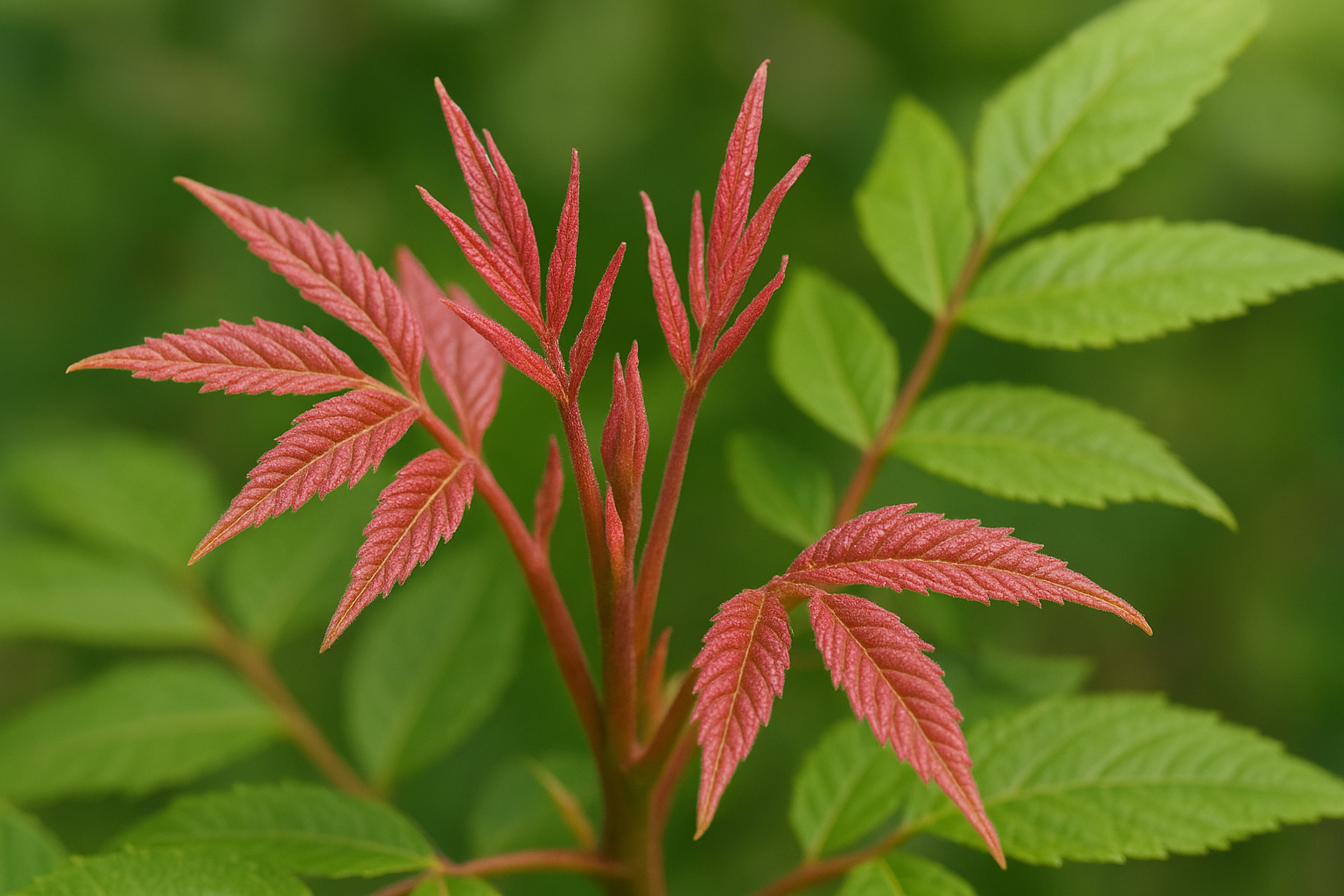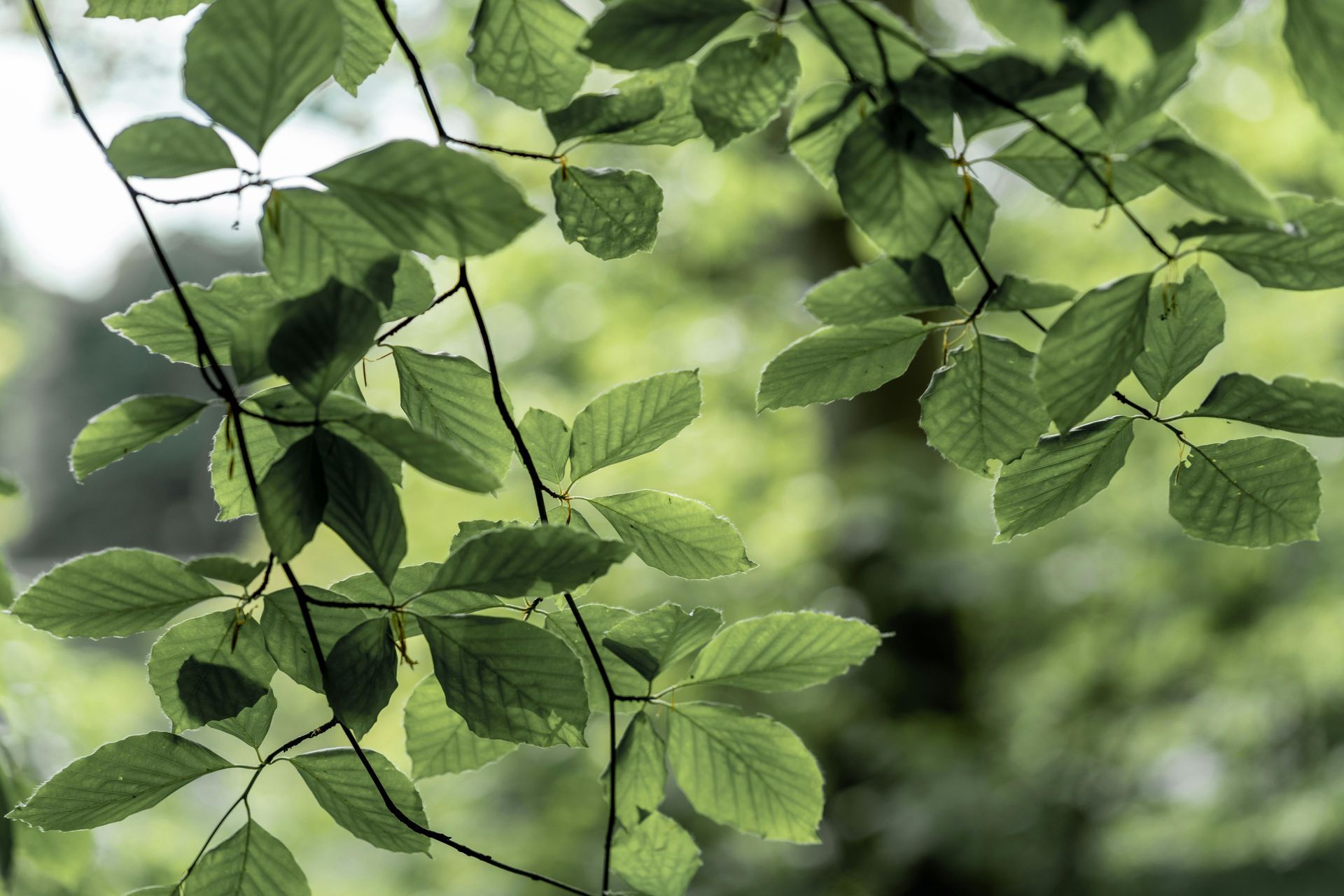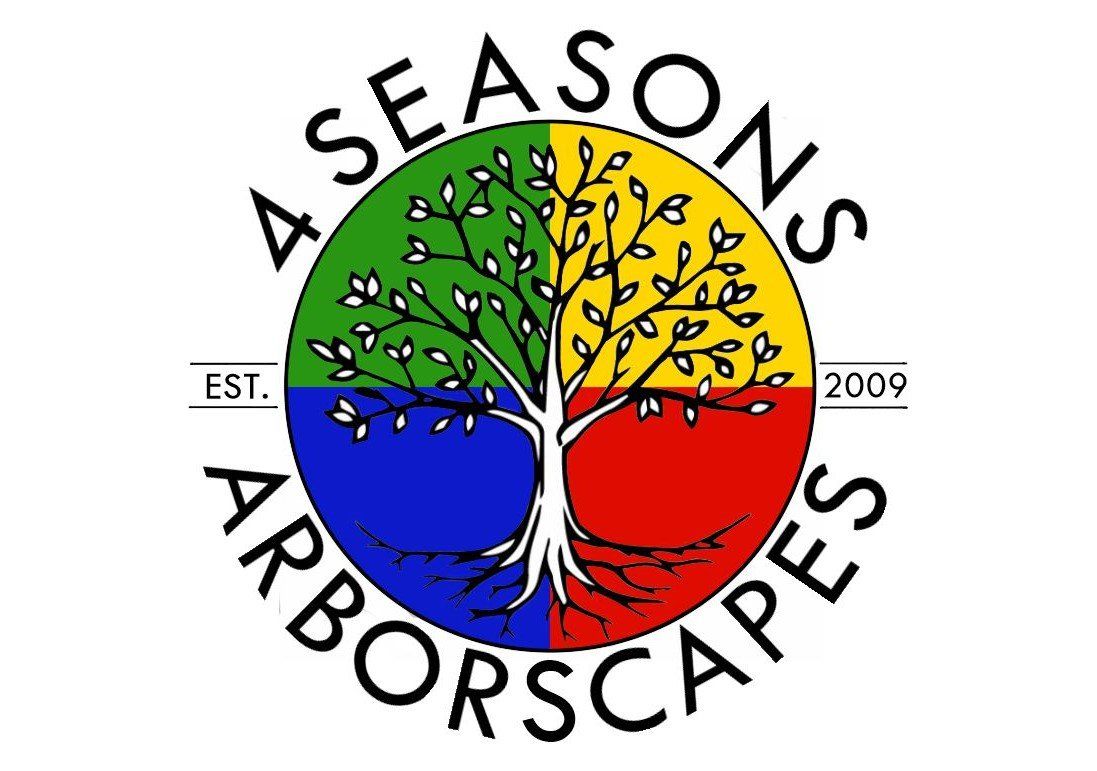Mycoremediation: The Fight Against Pollution
Pollution is one of the most pressing environmental issues of our time, threatening ecosystems, human health, and the planet's biodiversity. For decades, humanity has grappled with the challenge of mitigating the damage caused by industrial waste, agricultural runoff, oil spills, and other pollutants. Traditional methods, such as chemical treatments and physical removal, often fall short—either due to their high costs, limited effectiveness, or secondary environmental impacts. Enter mycoremediation: an innovative, natural approach leveraging the remarkable capabilities of fungi to break down and neutralize pollutants.
What is mycoremediation and how does it work?
Mycoremediation is a form of bioremediation that uses fungi to decontaminate the environment. Fungi, particularly certain species of mushrooms, have a unique ability to break down complex organic compounds through enzymatic processes. This makes them highly effective at degrading pollutants that are otherwise resistant to natural decay. The fungal mycelium, a network of thread-like structures, secretes enzymes that can decompose substances such as hydrocarbons, pesticides, and heavy metals. By absorbing and metabolizing these harmful compounds, fungi transform pollutants into less toxic or even harmless substances, thereby cleaning up contaminated sites.
What exactly can mycoremediation clean up?
The range of pollutants that mycoremediation can address is impressively broad. Fungi have shown effectiveness in breaking down hydrocarbons found in oil spills, converting them into water and carbon dioxide. They can also degrade persistent organic pollutants like pesticides, herbicides, and dioxins, which are notorious for their long-lasting environmental and health impacts. Heavy metals, often considered among the most challenging contaminants to remediate, can be absorbed and immobilized by certain fungi, reducing their bioavailability and toxicity. Furthermore, mycoremediation has been successfully applied to treat industrial waste, sewage, and even radiation-contaminated environments, showcasing its versatility and potential.
How is mycoremediation being used today?
Today, mycoremediation is being applied in various innovative projects around the world. Environmental organizations and researchers are harnessing the power of fungi to address pollution in diverse settings—from urban areas to remote wilderness. In some cities, fungi are used to clean up polluted soils in brownfield sites, transforming hazardous areas into green spaces. In agricultural contexts, mycoremediation helps manage pesticide runoff, promoting healthier ecosystems and food production. After oil spills, specially cultivated fungi are deployed to accelerate the natural breakdown of hydrocarbons. Additionally, there are ongoing experiments with fungal mats and barriers designed to filter contaminants from water bodies, demonstrating the expanding applications of this green technology.
What does the future look like for mycoremediation?
The future of mycoremediation holds great promise, driven by advancements in biotechnology and a growing recognition of fungi's potential in environmental cleanup. Scientists are exploring genetic engineering to enhance the natural capabilities of fungi, making them even more effective at targeting specific pollutants. Research is also focusing on optimizing conditions for fungal growth and enzyme production to maximize their remediation efficiency. As awareness of mycoremediation's benefits spreads, we can expect to see more large-scale implementations and integration into environmental policies. The synergy between traditional remediation methods and mycoremediation could lead to more comprehensive and sustainable approaches to pollution management.
Conclusion
Mycoremediation offers a glimpse into a future where natural processes play a pivotal role in restoring polluted environments. By leveraging the inherent capabilities of fungi, we can address some of the most stubborn and hazardous pollutants that threaten our ecosystems. As research and applications of mycoremediation continue to evolve, this innovative approach promises to become a cornerstone of sustainable environmental remediation, helping us pave the way for a cleaner, healthier planet.
Mycoremediation: How Fungi Can Repair Our Land | Office of Sustainability - Student Blog (usfca.edu)
Mycoremediation: Expunging environmental pollutants - PMC (nih.gov)
Mycoremediation brings the fungi to waste disposal and ecosystem restoration (mongabay.com)
Mycoremediation: An unexplored gold mine - ScienceDirect
Images - Canva
Check out the latest:









